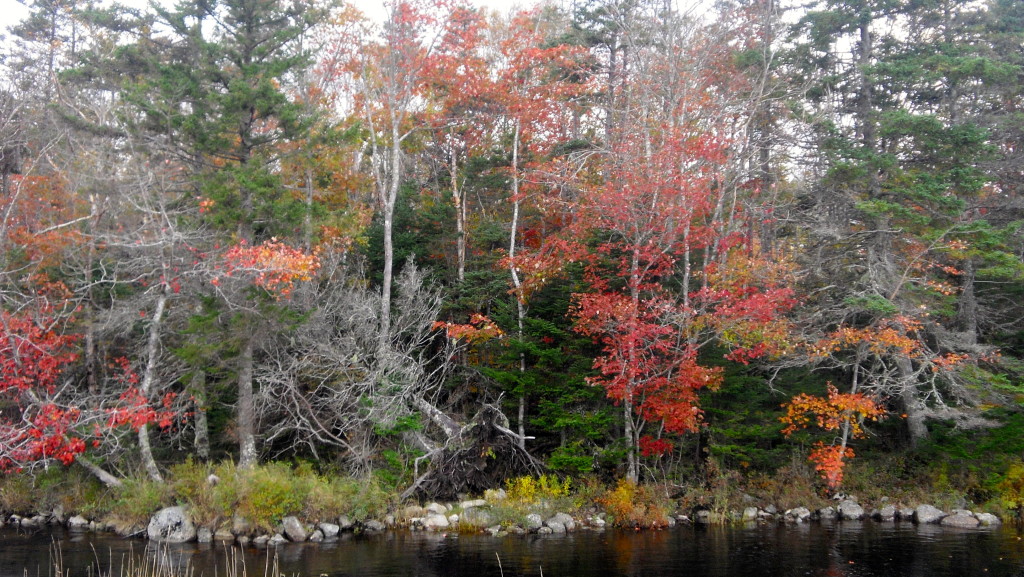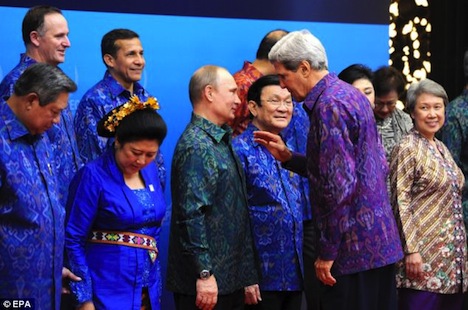
Voters in the heart of Atlantic Canada will go to the polls tomorrow to determine the fate of the first New Democratic provincial government in the history of the Maritimes. 

Polls show that, under the weight of a patchy economy and low job creation, Nova Scotians will reject premier Darrell Dexter’s historic NDP government in favor of a Liberal Party government under Stephen McNeil — the Liberals hold a lead of between 15% and 20% in advance of the October 8 election, and voters prefer McNeil as Nova Scotia’s next premier by a slightly smaller margin.
While it may not be as populous as Ontario, Québec or British Columbia, Nova Scotia — with just under 3% of Canada’s population — is still the largest province in Atlantic Canada, which historically has a different cultural, political and economic orientation from the rest of Canada. With an economy that once roared in the 19th century (on the basis of shipbuilding and transatlantic trade), Atlantic Canada now features some of the most stagnant economies within Canada, and regional unemployment runs highest in the Maritimes. Despite some economic growth in Halifax, Nova Scotia’s capital and the largest metropolitan area in Atlantic Canada, the province’s 8.7% unemployment rate is still higher than Canada’s national 7.1% average.
Atlantic Canada, notably New Brunswick, was the last refuge of the old Progressive Conservative Party before it merged with Stephen Harper’s western-based Canadian Alliance in 2003 to form the Conservative Party that governs Canada today. In the 2001 federal Canadian election, the PCs won nine of their 12 seats in the House of Commons from within Atlantic Canada. Even today, Atlantic Canada remains home to a certain kind of Conservative politics — more moderate and less ideological — and the local center-right provincial party still calls itself the Progressive Conservative Party (remember that in Canada, there’s a brighter line between national and provincial political parties). Before Harper came to power in 2005, Tories placed their hope to retake national power in former New Brunswick premier Bernard Lord; Nova Scotia MP Peter MacKay led the PCs into their merger with the Alliance a decade ago, and he served as Harper’s defense minister for six years before a promotion this summer to justice minister.
The fate of the old Progressive Conservatives might have been foreboding to the national Liberal Party as well. In the most recent 2011 Canadian election, in which the once-mighty Liberals lost all but 34 of their seats in the House of Commons, the Liberals won 12 of them from Atlantic Canada — again, a party struggling for relevance nationally found refuge in the Maritimes. But while the Progressive Conservatives ultimately faded into Harper’s wider conservative movement, the election of Justin Trudeau as the party’s national leader earlier this transformed the Liberals from a spent, third-place political force into something like a government-in-waiting.
So even though Nova Scotia is small, it can also be a bellwether for larger trends.
While Trudeau’s leadership has breathed new life into the Liberal brand (even at the provincial level), McNeil and the Nova Scotia Liberals held a wide lead over the NDP in the province long before Trudeau’s national ascent. It’s a remarkable turnaround from the June 2009 provincial elections when the NDP swept to power with 45.24% of the vote, winning 31 out of the 52 seats in the Nova Scotia House of Assembly and ending a decade of Tory rule in the province — a victory that presaged the NDP’s 2011 federal breakthrough under its late leader Jack Layton.
Keeping all of that in mind, here are three areas to keep an eye on in the wake of tomorrow’s election that could presage trends over the next two years of Canadian politics more generally: Continue reading Three lessons that Nova Scotia’s provincial election can teach us about Canadian politics →
![]()
![]()
![]()

